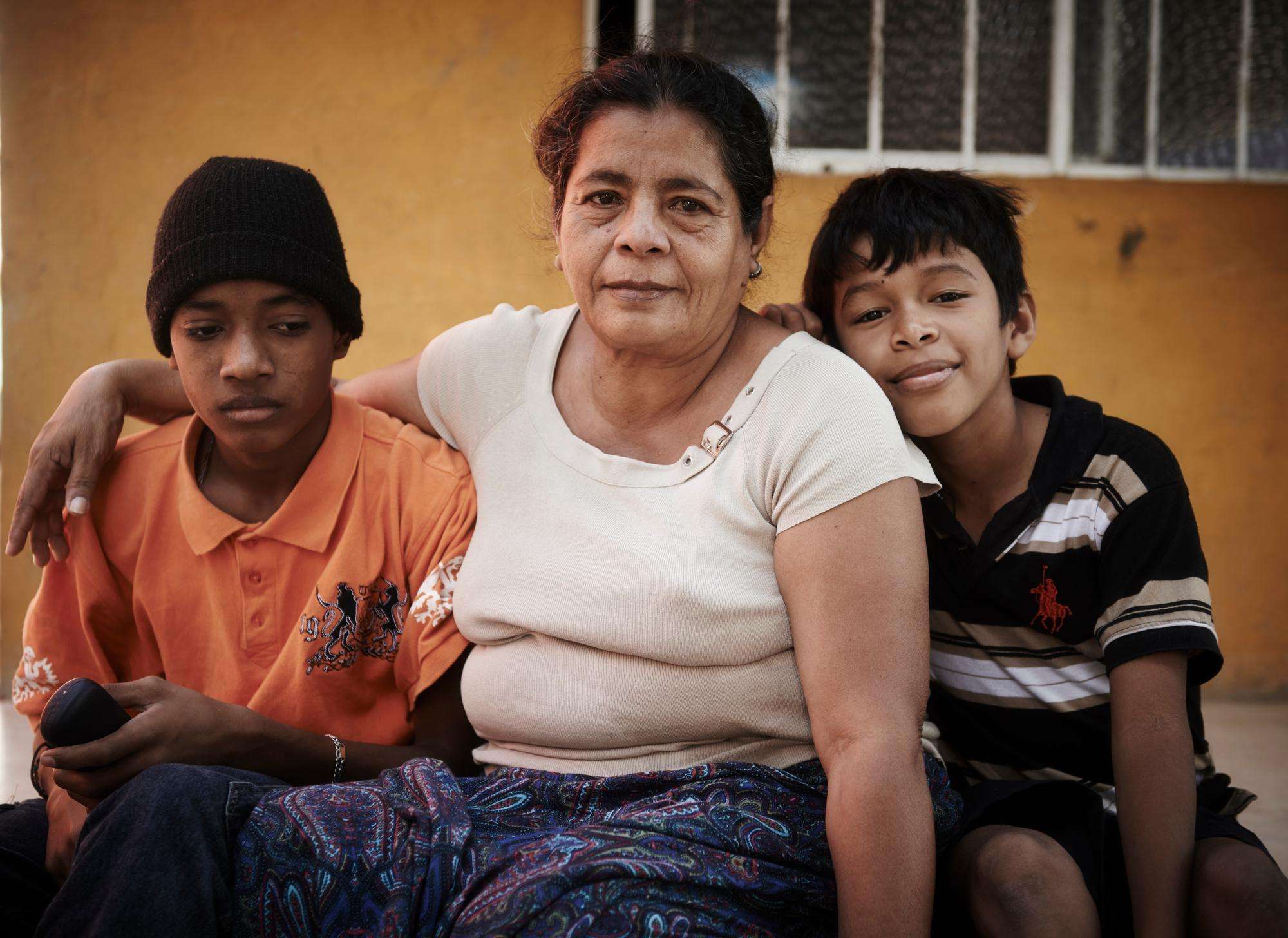Those who make their way through Guatemala and into Mexico do not find any guarantee of safety.
As the number of people fleeing violence and poverty in the Northern Triangle grows, the Mexican government has clamped down on the country’s southern border, with support from the US. Police and military surveillance and law enforcement, coupled with widespread corruption and suspicion of collusion with cartels and maras operating in the southern Mexican states of Oaxaca, Veracruz, and Tabasco, have resulted in an atmosphere of lethal violence and lawlessness.
MSF teams provide primary health care and psychosocial services along the migration route through Mexico, treating patients at the La 72 migrant shelter in Tenosique, at the FM4 shelter in Guadalajara, and, via mobile clinics, at the Casa del Migrante shelter in Coatzacoalcos. These sites serve as oases of sorts for people making the dangerous journey north. But as violence near the border with Guatemala and along the migration route has escalated, it’s become clear that some patients have greater medical needs. People who have been exposed to extreme violence—torture, kidnapping, rape, psychological abuse—require comprehensive, specialized, and integrated care.
MSF in Mexico in 2017
In Mexico City, far less affected by the violent crime plaguing other parts of the country, MSF is trying a new approach. In the Colonia Guerrero neighborhood, northwest of the city’s historic center, MSF opened the Center for Integral Action, known by its Spanish acronym, El CAI, in July 2017.
El CAI lies behind a nondescript gray metal sliding door on a residential street, without any identification that might attract unwanted attention. Through the door, past a volleyball net strung up across a concrete courtyard, is a lot surrounded by dormitories painted a pale, soothing yellow. Once inside, the sounds of the city fade, giving way to an atmosphere of hushed peace.

The calm belies the severity of the wounds, both physical and mental, that are being treated here. Referred to the center from other MSF projects in Mexico, the UN Refugee Agency, and Mexican nongovernmental organizations, the patients at El CAI have been through horrific journeys.
“We see similar situations here for people on the move as we do in war situations like Syria or Yemen,” explains MSF psychologist Diego Falcón Manzano. Criminals along the migration route often use psychological torture when seeking to kidnap or extort victims or forcibly recruit new gang members. “Before, on the journey, you were either beaten or raped. But now … they don’t just beat you, they make you see how it’s done to other people. Or they make you kill someone or handle human body parts.”
Physical wounds can be mended, but mental injuries can take a long time—and hard work—to heal. In addition to a gymnasium, meals, and 24-hour medical monitoring, patients living at El CAI receive psychotherapy and social services to help them rebuild their lives. “We teach patients to strengthen their capacity to decide how they’re going to live their lives,” says Manzano. “To save money or find a job. We help them to make a plan for life after leaving El CAI in both the medium- and long-term.”
“We care for people without a timetable,” says Manzano. “They are here for as much time as they require.” Residents at El CAI, which has a 28-bed capacity, have stayed for as little as three weeks and as long as a year. In the roughly one year that the facility has been open, staff say the treatment success rate has been around 80 percent. Patients who leave receive follow-up care and can continue to access the facility’s services on an outpatient basis. Some remain in Mexico to work, attend school, or wait on asylum claims. Others resume their journey north.





